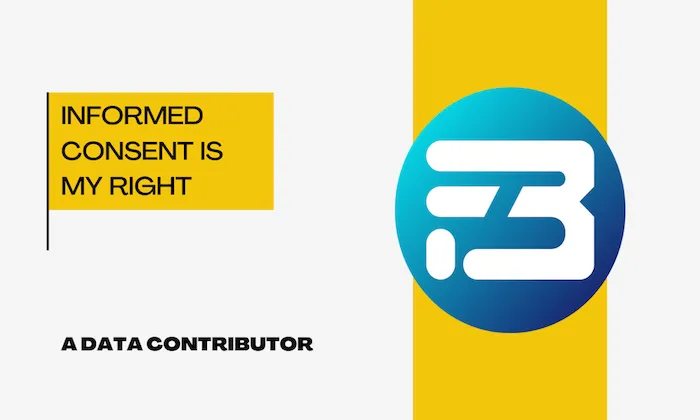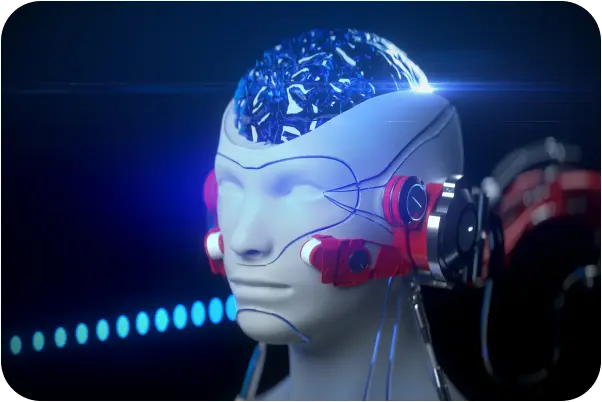What types of speech events are typically captured in in-car speech datasets?
In-Car Speech
Speech Datasets
Voice Recognition
In-car speech datasets are vital for training AI systems in automotive environments, where voice recognition technology must navigate unique acoustic challenges. By capturing diverse speech events, these datasets empower AI models to perform effectively and reliably in real-world scenarios. This article explores the types of speech events typically captured, their significance, and practical applications, while highlighting FutureBeeAI’s expertise in AI data solutions.
The Importance of Capturing Diverse Speech Events
Vehicle interiors present complex acoustic challenges due to background noise from engines, road surfaces, and passenger interactions. Capturing a wide range of speech events ensures AI models can understand commands accurately despite these conditions. This diversity is crucial for developing systems responsive to real-world scenarios, enhancing safety and user experience.
Types of Speech Events in In-Car Datasets
In-car speech datasets capture various speech events, each serving specific functionalities:
- Wake Word Utterances: These are phrases that activate voice systems, like saying "Hey, Car." Capturing wake words in different environments ensures recognition even in noisy settings.
- Single-Shot Voice Commands: Direct requests such as "Turn on the AC" or "Play music" help train AI to respond swiftly without needing extra context.
- Multi-Turn Dialogues: Extended interactions involve follow-up questions or instructions, crucial for AI to maintain context over multiple exchanges. For example, a driver might say, "Find the nearest gas station," followed by, "Is it open now?"
- System Control Instructions: Commands like "Adjust the mirrors" or "Set destination to work" ensure the AI can efficiently handle vehicle-specific tasks.
- Conversational Speech: Natural conversations enhance the model's ability to understand casual speech patterns, making AI more relatable in family or group settings.
- Urgent or Emotional Commands: Recognizing commands from urgent situations like "Brake!" or emotionally charged phrases ensures prompt AI responses, critical for safety.
Methodological Approach to Data Collection
To ensure relevance and accuracy, data collection involves:
- Real Driving Conditions: Recordings are made during actual driving and stationary scenarios across urban, highway, and rural settings.
- Speaker Diversity: Data from diverse speakers, including various demographics, enhances model generalization.
- Acoustic Variability: Recordings reflect different conditions (e.g., windows open/closed) to prepare models for real environments.
Real-World Applications and Use Cases
These datasets have far-reaching applications:
- Voice-Enabled Infotainment Systems: Automotive brands use them to enhance user interaction with entertainment systems.
- Driver Assistance Technologies: AI models facilitate hands-free navigation and vehicle controls, improving safety and convenience.
- Emotion-Aware AI: Companies develop systems detecting driver fatigue or stress, using datasets that include emotional speech.
- Connected Autonomous Vehicles: Datasets enhance conversational agents in self-driving cars, enabling natural user interactions.
Guidelines for Dataset Selection
Choosing the right dataset involves considering:
- Target Demographics: Ensure the dataset reflects your audience's language, accent, and age group.
- Usage Scenarios: Select datasets aligning with the intended AI application, whether for emotion detection or command execution.
- Quality Annotations: High-quality tags and metadata are crucial for effective training.
Future Considerations
As technology advances, in-car speech recognition will see trends like:
- Multi-Agent AI Systems: Supporting complex dialogues across multiple devices.
- Emotion-Rich Dialogue Data: Enhancing emotional intelligence in AI.
- Federated Learning: Personalizing AI models through decentralized data.
- Multi-Modal Integration: Combining speech with camera and telemetry data for richer insights.
Leveraging In-Car Speech Datasets for AI Development
In summary, in-car speech datasets are indispensable for creating AI models that accurately interpret and respond to commands in automotive settings. Their diversity ensures voice systems are robust and context-aware. As the automotive industry evolves, investing in quality datasets is crucial for enhancing user experience and safety.
To excel in your AI initiatives, consider how FutureBeeAI can provide tailored in-car speech datasets, ensuring optimal model performance in real-world conditions.
What Else Do People Ask?
Related AI Articles
Browse Matching Datasets
Acquiring high-quality AI datasets has never been easier!!!
Get in touch with our AI data expert now!








